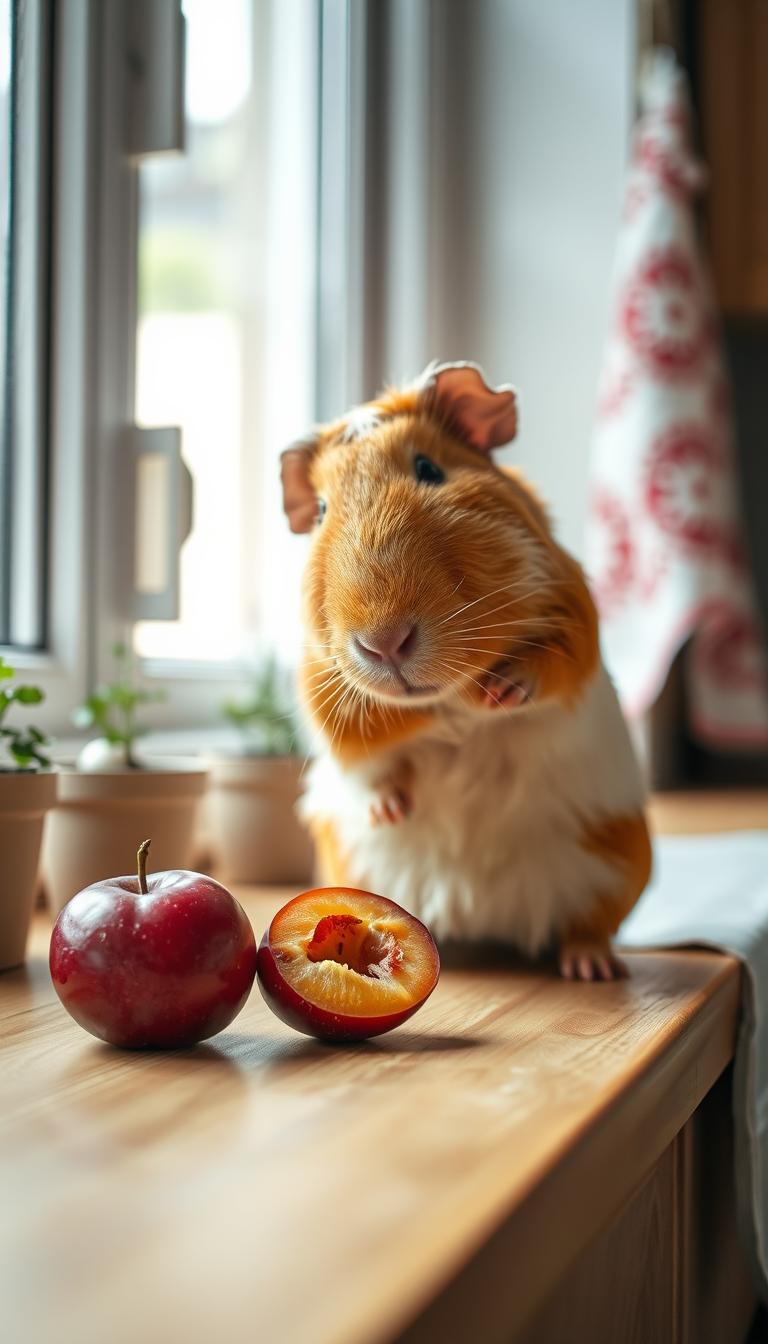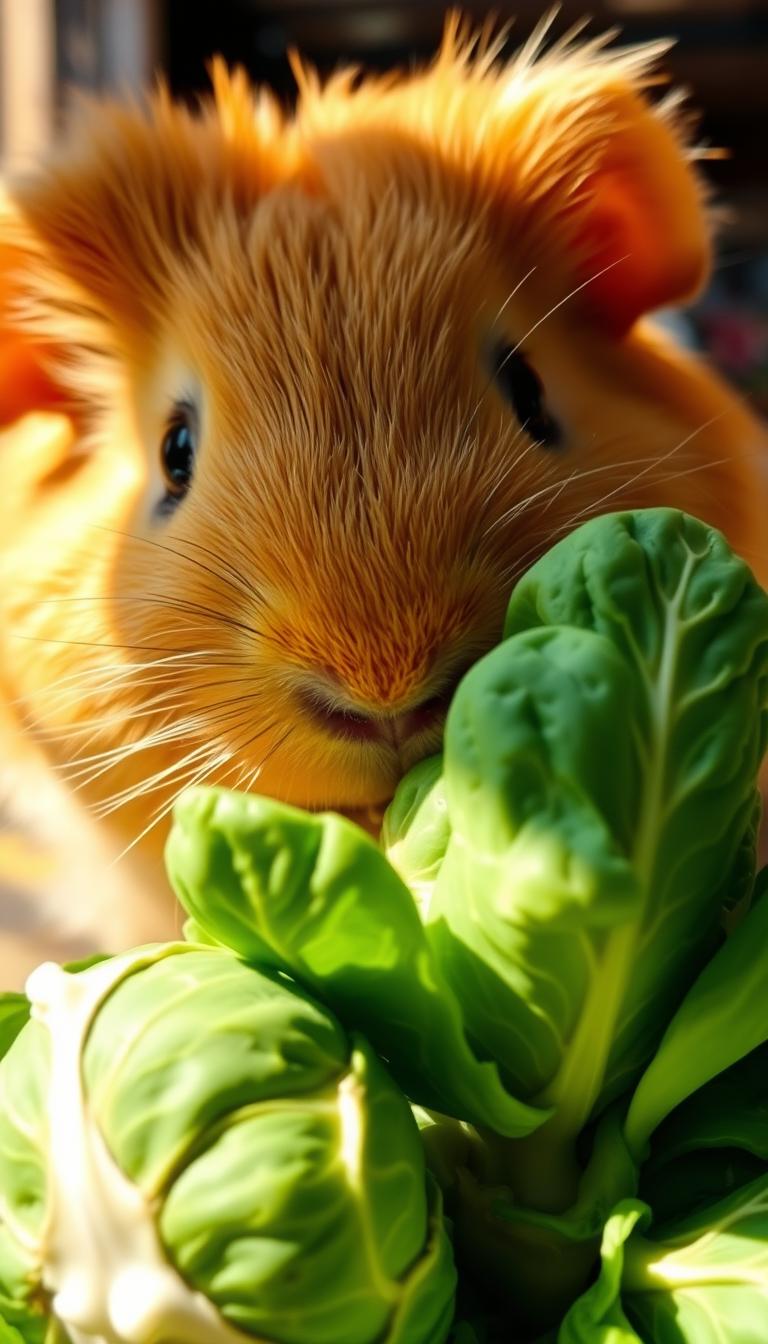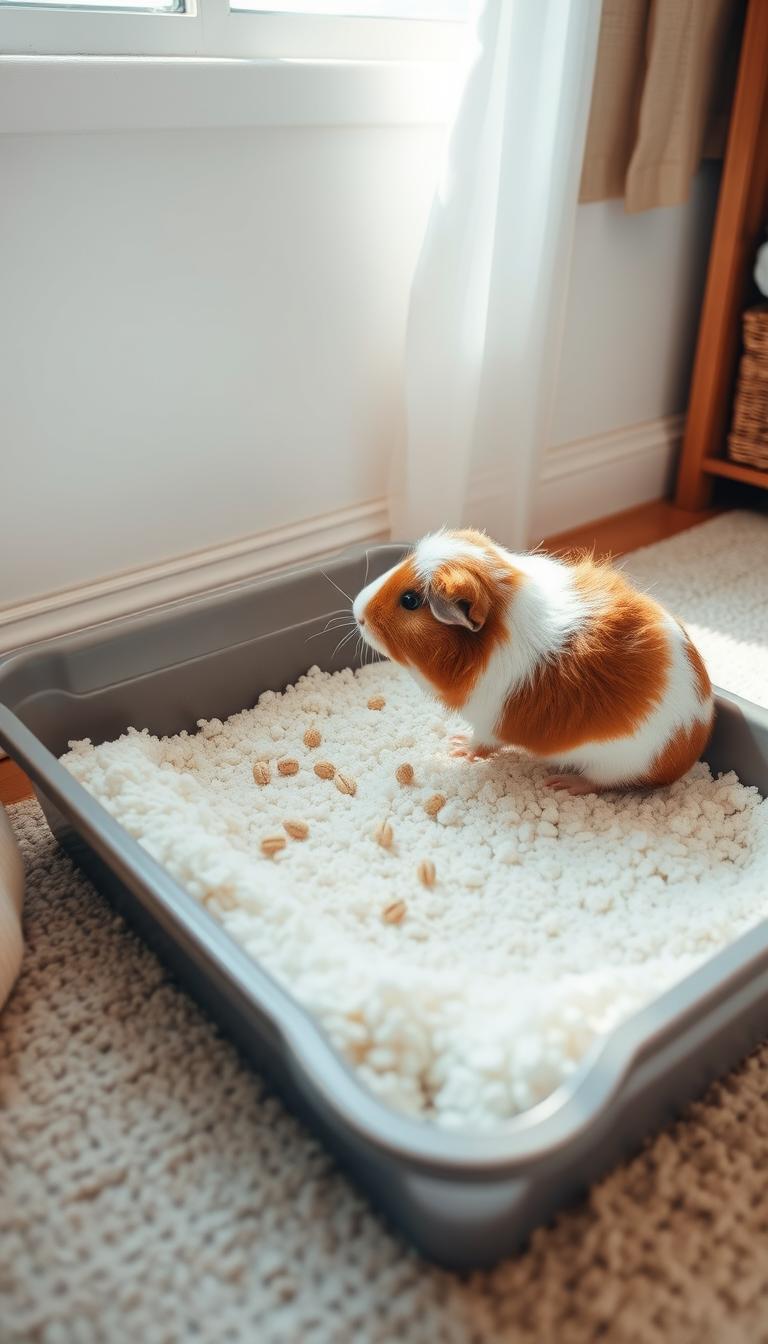Exploring new treats for your furry companion? Many pet owners wonder about introducing fruits like plums to their small herbivores. While these juicy snacks might seem harmless, there’s more to consider than meets the eye.
Moderation proves vital when offering sweet foods to sensitive digestive systems. The natural sugars in plums can create challenges if overfed, yet small portions might offer nutritional variety. You’ll need to balance excitement with caution when expanding your pet’s menu.
This guide breaks down essential factors for safe plum consumption. We’ll examine vitamin content, portion sizes, and preparation methods that prioritize animal health. Understanding both benefits and risks helps create smarter feeding habits.
Proper research matters before introducing any unfamiliar food. You’ll discover why gradual testing and observation become critical steps in dietary changes. Let’s build confidence in making choices that support your companion’s well-being.
Table of Contents
Introduction to Guinea Pig Diet and Treats

Creating a daily feeding routine starts with understanding core nutritional needs. Small herbivores thrive on structured meals that mirror their natural foraging habits while supporting bodily functions.
Importance of a Balanced Diet
High-quality hay forms 80% of healthy intake, keeping teeth trimmed and digestion smooth. Fresh greens like romaine lettuce or bell peppers add vital vitamins without overwhelming sensitive stomachs. Specially formulated pellets fill nutritional gaps but should never replace fibrous staples.
Disruptions in this balance often lead to bloating or diarrhea. Always introduce new foods gradually—sudden changes stress delicate systems. Consistent meal schedules help maintain energy levels and prevent selective eating.
Role of Occasional Treats
Fruits like berries or melon cubes offer enrichment during bonding sessions. Limit these sweet extras to 1-2 times weekly to avoid sugar spikes. Treats shouldn’t exceed 5% of daily calories—think thumb-sized portions.
Prioritize crunchy veggies over sugary options for daily snacks. Carrot tops or cucumber slices provide hydration and chewing satisfaction. Remember: treats complement—not replace—essential nutrients from hay and greens.
Nutritional Benefits of Plums for Guinea Pigs

Understanding what fruits offer beyond basic nutrition helps you make informed treat choices. These juicy snacks pack surprising advantages when served responsibly.
Essential Nutrients in Every Bite
Vitamin C stands out as a critical component since small companions can’t produce it naturally. A 100-gram serving delivers vitamins A and C, supporting immune health and vision. Potassium (157 mg) aids muscle function while phosphorus (16 mg) teams with calcium (6 mg) for bone strength.
- Antioxidants combat cell damage from environmental stressors
- Nerve-supporting compounds enhance coordination
- Low-calorie content reduces obesity risks
Smart Snacking Advantages
The high water content helps maintain hydration during warmer months. Unlike sugary fruits, plums offer sweetness without excessive calories—ideal for weight-conscious pets. Always remove pits and slice flesh into pea-sized pieces to prevent choking.
Balancing these benefits with proper portion control creates safer treat experiences. Rotate plum servings with other vitamin-rich options like bell peppers for dietary variety.
Risks Associated with Feeding Plums to Guinea Pigs

While plums offer nutritional perks, their hidden challenges demand careful attention. Even small portions can trigger unexpected reactions in delicate digestive systems. Let’s unpack the critical concerns every owner should recognize.
High Sugar Content and Its Effects
Natural sugars in plums pose stealthy threats when treats become frequent. Just one medium-sized plum contains 7 grams of sugar—enough to spike blood glucose levels in tiny bodies. Over time, this can lead to weight gain and dental erosion.
Digestive imbalance often follows sugary indulgences. Loose stools or bloating signal your pet’s system struggles to process excess sweetness. Rotate plum treats with low-sugar veggies like zucchini to maintain gut harmony.
Calcium Issues and Digestive Concerns
Though plums provide modest calcium (6 mg per 100g), repeated servings risk mineral buildup. Urinary sludge—a gritty substance in the bladder—can form when calcium isn’t properly flushed. This condition causes painful urination and requires vet intervention.
Fiber content walks a tightrope between benefit and harm. While aiding digestion initially, overfeeding leads to constipation or diarrhea. Both extremes dehydrate small animals rapidly, stressing their kidneys.
| Risk Factor | Symptoms | Prevention Tips |
|---|---|---|
| Excess Sugar | Weight gain, tooth decay | Limit to 1 slice weekly |
| Calcium Buildup | Straining during urination | Provide fresh water daily |
| Fiber Overload | Diarrhea or constipation | Monitor portion sizes |
Acidic compounds in this fruit may irritate sensitive stomachs. Watch for signs like reduced appetite or lethargy after treat time. Pair plum snacks with hay to buffer acidity and support digestive health.
Safety Guidelines: Can Guinea Pigs Eat Plums?

Introducing new snacks requires careful attention to your companion’s unique needs. Start with a tiny portion—no larger than a thumbnail—to test tolerance. Watch for subtle changes in energy levels or bathroom habits during the first two days.
Understanding Adverse Reactions
Common warning signs include:
- Loose stools lasting over 12 hours
- Swollen abdomen or reduced appetite
- Unusual lethargy or refusal to drink
Keep a feeding journal noting portion sizes and reactions. This helps your vet identify patterns during checkups. Some animals process sugars better than others—what works for one might harm another.
Contact an exotic animal specialist immediately if you notice:
- Labored breathing
- Blood in urine
- Persistent diarrhea
Always have emergency vet numbers saved. For safer alternatives, explore low-sugar fruits like blueberries or papaya. Remember: quick action prevents minor issues from becoming crises.
How to Properly Prepare Plums for Your Guinea Pig

Transforming fresh plums into safe snacks requires specific handling steps. Proper preparation ensures your furry friend enjoys this treat without hidden dangers lurking in the fruit’s natural features.
Cleaning and Pit Removal Essentials
Rinse plums under cool running water for 30 seconds to eliminate pesticide residues. Scrub gently with a vegetable brush, especially if using non-organic varieties. Opting for organic options reduces chemical exposure since they’re grown without synthetic treatments.
Slice the fruit vertically along its natural seam to expose the pit. Use a spoon to scoop out the hard center completely. Even small pit fragments contain cyanide-producing compounds that could endanger small animals.
Creating Bite-Sized Treats
Cut the flesh into ¼-inch cubes after removing the pit. These manageable pieces prevent choking while allowing easy nibbling. Discard any bruised sections that might cause digestive upset.
Always use separate cutting tools for pet food preparation. Wash knives and boards with hot soapy water to avoid cross-contamination from human foods. Store unused portions in airtight containers for up to two days.
When introducing new fruits, consider rotating options like cherries (properly pitted) for variety. Always monitor your companion during treat time and remove uneaten fruit within two hours to prevent spoilage.
Moderation and Serving Sizes
Treat time requires smart strategies to keep your furry friend healthy. While juicy fruits add excitement to snack sessions, their sweetness demands careful limits. Let’s explore how to balance enjoyment with nutritional safety.
Recommended Frequency of Treats
Twice weekly is the golden rule for plum offerings. Serve 1-2 thumbnail-sized slices per feeding—about the size of a pea. Daily servings risk sugar overload, which can disrupt gut bacteria and lead to weight gain.
- Space treats 3-4 days apart for proper digestion
- Alternate with low-sugar veggies like cucumber
- Skip fruit days if loose stools occur
Portion Control Tips
Match slice sizes to your pet’s weight—smaller animals need half portions. Use a kitchen scale to track treat calories, ensuring they stay under 5% of daily intake. Here’s a quick reference guide:
| Pet Category | Slice Size | Frequency |
|---|---|---|
| Adults (1+ years) | 2 thin slices | 2x/week |
| Babies/Seniors | 1 small slice | 1x/week |
| Pregnant/Nursing | Consult vet first | – |
Keep a treat journal noting dates and reactions. This helps spot patterns if digestive issues arise. Remember: fresh hay should always fill 80% of the food bowl—save fruity rewards for bonding moments!
Comparing Plums with Other Fruit Options
Diversifying your pet’s snack selection keeps meals exciting while maintaining nutritional balance. Let’s explore how various fruits stack up against plums in safety and benefits.
Exploring Seedless and Low-Sugar Alternatives
Seedless apples shine as fiber-rich substitutes, offering vitamin boosts without plum-like pits. Always remove core sections to eliminate choking hazards. Strawberries deliver impressive antioxidants but require strict portion control—their sweetness rivals plums’ sugar content.
Blueberries stand out for convenience. These bite-sized gems need no slicing and pack antioxidants in every berry. Pears mirror plums’ hydrating qualities but demand similar prep work: core removal and thin slicing.
Enhancing Variety in Your Pet’s Diet
Rotating fruits prevents nutrient gaps and keeps mealtime engaging. Consider this comparison chart for smart swaps:
| Fruit | Sugar per 100g | Prep Steps | Key Nutrients |
|---|---|---|---|
| Apple (seedless) | 10g | Core removal, slice | Vitamin C, Fiber |
| Strawberry | 4.9g | Hull removal, halve | Antioxidants, Folate |
| Blueberry | 10g | Wash whole | Vitamin K, Manganese |
| Pear | 9.8g | Core removal, dice | Copper, Vitamin C |
Pair these options with a balanced diet rich in hay and greens. Introduce one new food weekly to monitor reactions—this helps identify favorites while safeguarding health.
Understanding the Role of Fiber and Sugar in Treats
Smart treat choices hinge on balancing two key elements: fiber for digestive health and controlled sugar intake. Fiber-rich snacks like hay-based options support gut motility, while sugary indulgences require strict limits to prevent energy crashes.
Natural sugars in fruits can disrupt delicate systems when overused. Though tempting, sweet treats should never overshadow fiber sources that maintain stable digestion. Rotate high-fiber veggies like green beans with occasional fruity rewards for balanced snacking.
Fiber acts as nature’s broom—sweeping through intestines to prevent blockages. Yet too much sugar counteracts these benefits, creating sticky situations in tiny tummies. Always prioritize roughage-heavy foods that mimic natural foraging behaviors.
Track treat ratios using a simple 90/10 rule: 90% fiber-focused meals, 10% flavorful extras. This approach keeps systems running smoothly while satisfying curiosity for new tastes. Remember—every snack shapes long-term health outcomes!




